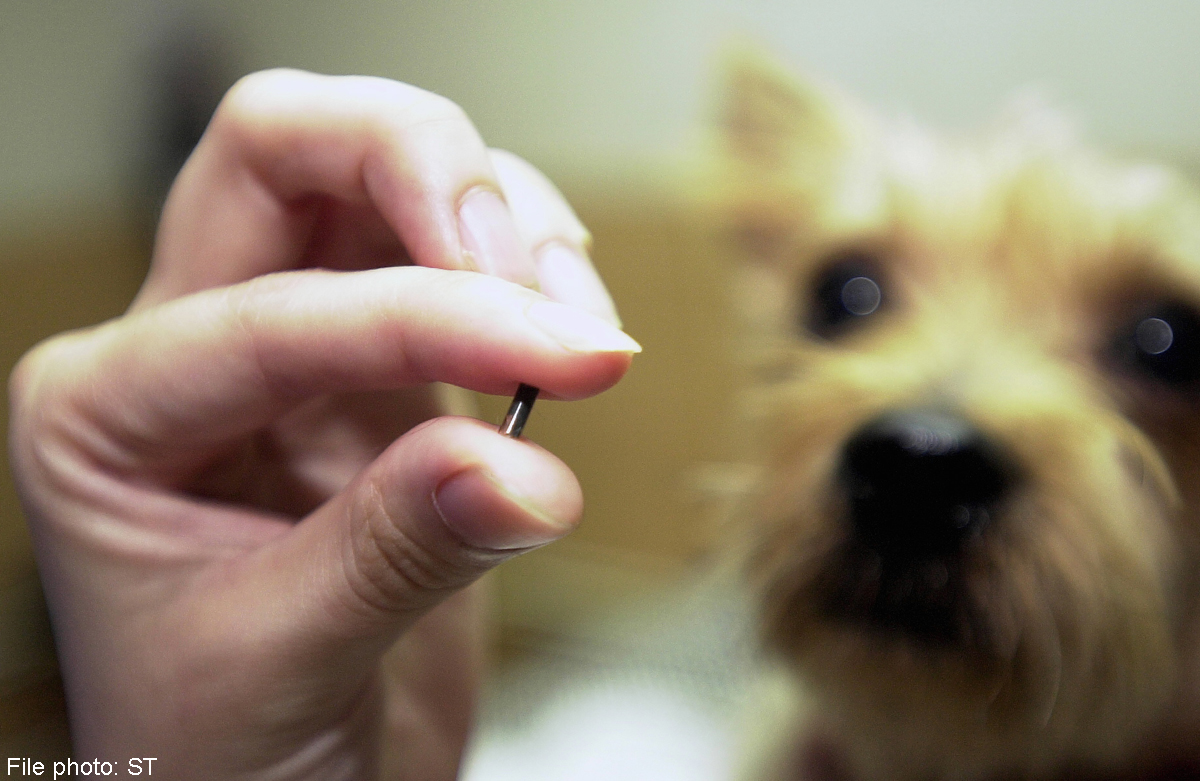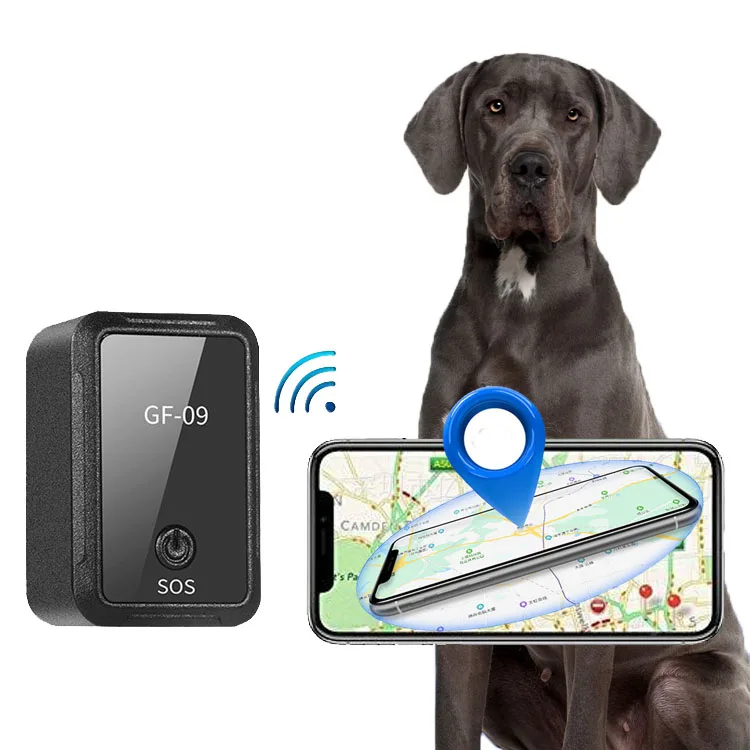Finding Fido: A Microchip’s Role in Pet Recovery
Losing a beloved dog can be a heart-wrenching experience. Fortunately, pet microchips have emerged as a reliable tool for identifying and reuniting lost companions with their owners. This article delves into the fascinating world of microchips, exploring their history, benefits, and the process of tracking a dog with this technology.

Image: foxhillvet.com
Microchip: A Permanent ID for Your Furry Friend
A pet microchip is a tiny, rice-sized device implanted under a dog’s skin, typically between the shoulder blades. This chip contains a unique identification number linked to a national database that stores the owner’s contact information. If a lost dog is found, a veterinary clinic or animal shelter can use a microchip scanner to read the identification number and reunite the pet with its family.
Benefits of Microchipping Your Dog
Microchipping offers numerous benefits for pet owners:
- Increased chances of recovery: Microchips greatly enhance the likelihood of finding a lost dog, even if it travels far from home.
- Peace of mind: Knowing that your dog is microchipped provides a sense of security, reducing anxiety about losing your beloved companion.
- Proof of ownership: In the event of disputes or legal proceedings, microchips serve as irrefutable proof of ownership.
- Medical benefits: Some microchips can store medical information, such as vaccination records and allergies, aiding in case of emergencies.
Tracking Your Dog with a Microchip
In case your dog goes missing, the process of tracking its location with a microchip involves the following steps:
- File a lost pet report: Notify local animal shelters, veterinary clinics, and animal control organizations about your lost pet, providing its description and microchip information.
- Check the microchip database: If your dog is found and brought to a veterinary clinic or animal shelter, they will scan for a microchip and check the national database to retrieve your contact information.
- Retrieve your pet: Once your pet is identified through the microchip, the facility will contact you to arrange for its safe return.

Image: animalia-life.club
Expert Advice for Responsible Pet Ownership
To enhance your dog’s safety and well-being, consider these tips:
- Microchip your dog as early as possible: The ideal time for microchipping is while your puppy is still young.
- Keep your contact information up-to-date: Ensure that the information associated with your pet’s microchip is current, including your phone number, address, and email.
- Consider a GPS tracker: While microchips are invaluable for identification, GPS trackers provide real-time location information, offering an additional layer of protection.
- Supervise your dog outdoors: Responsible pet ownership includes proper supervision to prevent your dog from wandering off.
Frequently Asked Questions (FAQs) about Dog Microchips
Q: How long does a microchip last?
A: Pet microchips are designed to last the lifetime of the dog.
Q: Is microchipping painful for dogs?
A: Microchip implantation is a quick and relatively painless procedure that takes only a few seconds.
Q: Can microchips be removed?
A: Microchips are not typically removed unless necessary for medical reasons.
Q: Is microchipping mandatory?
A: Microchipping laws vary by country and region. In some areas, it is mandatory for all dogs, while in others, it is recommended but not required.
Can You Track A Dog With A Chip
Conclusion: A Microchip is a Valuable Investment
Microchipping your dog is a proactive step towards ensuring its safety and well-being. This tiny device can mean the difference between a happy reunion and a heartbreaking loss. If you haven’t already, consider investing in a microchip for your furry companion today. It’s a small price to pay for the peace of mind and increased chances of recovery should your dog ever go missing. As a responsible pet owner, you owe it to your loyal companion to provide them with the best possible care and protection.
Would you like to learn more about microchips or other ways to ensure your dog’s safety? Let us know in the comments below.


:max_bytes(150000):strip_icc()/142202371-5ab3dbf1ff1b78003633a0dd.jpeg?w=740&resize=740,414&ssl=1)


